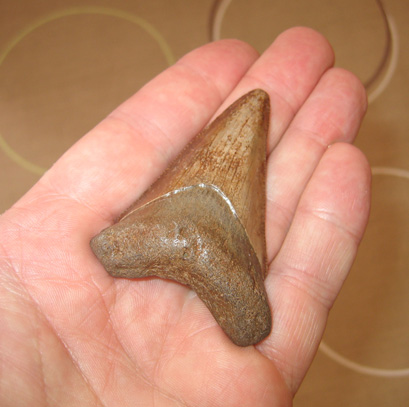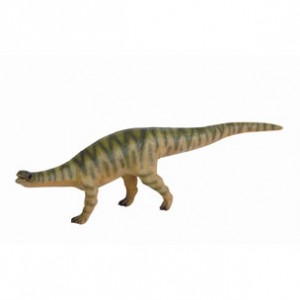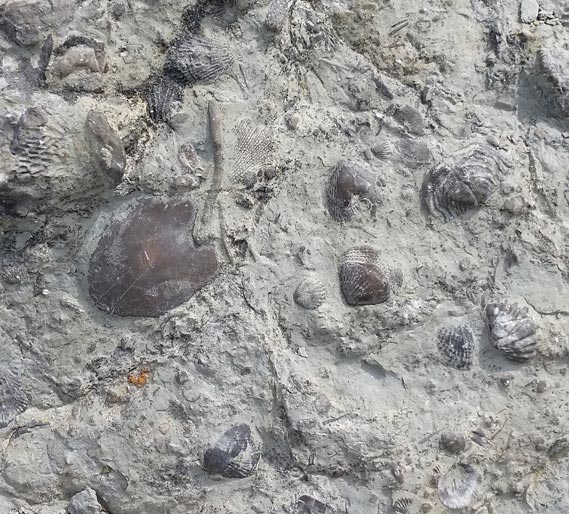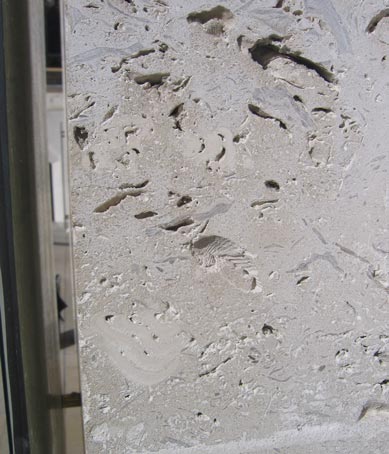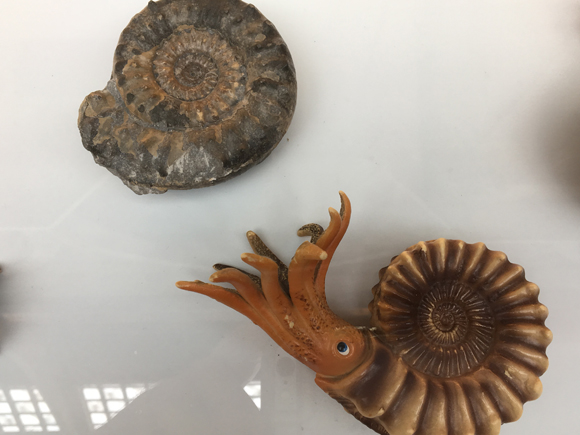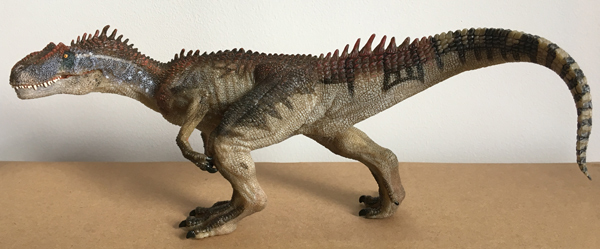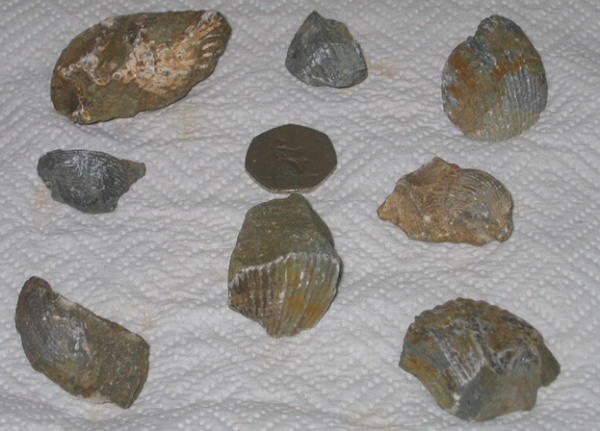Articles, features and stories with an emphasis on geology.
Principles of Geology – The Law of Superposition
A Brief Tribute to Nicolaus Steno – The Law of Superposition
Team members at Everything Dinosaur are already working on a number of events to mark the 200th anniversary of the birth of Darwin in 2009. However, there were many thinkers, philosophers and educated people who applied scientific processes to try to explain the world around them, long before Darwin. One such person was the Dane Nicolaus Steno, born 370 years ago who decided at an early age to live by the principle that one should not believe everything they read, but set out to investigate, observe and come to their own conclusions – even if these conclusions challenge the accepted doctrine of the time.
Nicolaus Steno
Nicolaus Steno (sometimes Latinised to Nicolaus Stenonis or referred to in Danish as Niels Stensen), was born in Copenhagen, Denmark in 1638, once he has completed his formal education he travelled extensively in Europe working with a number of notable scientists and thinkers of the time including the likes of Galileo. His enquiring mind and observational skills led him to improve the understanding of human anatomy and some aspects of medicine, but his fascination with the world around him led him to make some extremely important insights into the age and formation of the Earth. His published accounts of how layers of rock (strata) are formed, challenged much of the established view on the formation of the Earth and life upon it.
Until Steno and his contemporaries, ideas like the Earth was extremely old and that fossils represented once living organisms were not accepted. The Biblical view of life and the formation of the Earth dominated, a viewpoint that 200 years later led to Darwin’s delay in the publishing of his theory on evolution and still holds sway with many people today.
The Law of Superposition
For Nicolaus, despite some his research challenging the accepted views of the church and the state, religion still played an important role in his life. He converted to Catholicism in 1667 and in 1675 became a priest, rising quickly through the hierarchy of the church to become the bishop of north Germany and Scandinavia. The year before his conversion Nicolaus was presented with the head of a huge shark that had been caught off the coast of Tuscany. His reputation had permitted him to obtain the patronage of many wealthy families and it was the Grand Duke of Tuscany who had ordered the shark’s head to be sent to Nicolaus for dissection.
Shark Tooth Fossils
Picture credit: Everything Dinosaur
Whilst studying the shark, Steno noted that the teeth resembled stony objects that had been found embedded in rocks. These items (now known to be the fossils of shark teeth) were called “Tongue stones”, it was thought at the time that these objects had fallen to Earth from the moon and that they possessed magical properties. When worn as amulets they warded off danger and if dipped in poison they would render the poison ineffective.
For models and replicas of iconic fossi animals: Prehistoric Life Models (CollectA).
Understanding Fossils
Other scientists at the time, thought that these strange objects along with other items we now know as fossils, simply grew in rock formations. Nicolaus Steno was not the first person to note the similarity between these permineralized teeth and the teeth of living sharks, but he did develop the current theories at the time and began to explore the physical and chemical processes that may have led to the change in state of these objects and their preservation.
Steno’s work on shark teeth led him to the question of how any solid object could come to be found inside another solid object, such as a rock or a layer of rock. The “solid bodies within solids” that attracted Steno’s interest included not only fossils, as we would define them today, but minerals, crystals, encrustations, veins, and even entire rock layers or geological strata. Nicolaus theorised that layers of rock formed by deposition – sedimentary rocks laid down in a sequence, the older rocks would be at the bottom with younger rocks on top. This is a fundamental principle of stratigraphy (the study of strata).
Unless strata has been overturned, which may sometimes happen during mountain building or other geological processes, the deeper the rock layers the older they will be. Strata could therefore be dated relative to one another.
As Steno stated in his work published in 1669, entitled Dissertationis prodromus:
“at the time when any given stratum was being formed, all the matter resting upon it was fluid, and, therefore, at the time when the lower stratum was being formed, none of the upper strata existed”.
A Fundamental Principle of Geology
This fundamental principle became known as the Law of Superposition – the fact that bottom layers of rock must have been formed first with layers on top being progressively younger in relation to the layers underneath. Although, other writers had eluded to this in earlier work, it was Nicolaus Stenos who first formulated this law, a cornerstone (no pun intended) of modern geology. His work was subsequently developed by other writers and thinkers, but his theories were crucial in helping later 18th and 19th Century scientists interpret and understand geology.
So as we plan events to celebrate the 200th anniversary of birth of Darwin we will also be thinking about the other great people who have made and continue to make a contribution to the science of geology and palaeontology, after all 2009 may mark the 200th anniversary of the birth of Darwin but it also marks the 340th anniversary of the publishing of Steno’s Law of Superposition.


